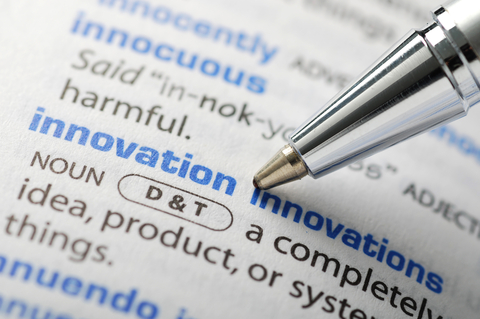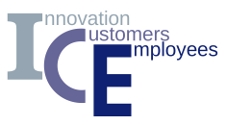A group of researchers in ISO has finished a big project about innovation in service. The project points at big unexploited potentials in employee based and employee-customer based innovation in Danish companies.
In this project, that in short is called ICE (Innovation, Customers, Employees), we have examined, to what extent the employees also is a source of innovations, which can be used by the customers.
Many employees in service companies know a lot about the customers. They meet these service users in sales scenarios and when they deliver the service.
The project show that innovation on the grounds of interaction between the empleyees and the service users already happen many places, but that it must be organized systematically, in order to yield a substantial benefit by this effort of innovation.

Unexploited potential for Danish companiesThere are examples of purely internally entrepreneur driven innovations, where the single employee alone push through and implement an innovation. Only this does not happen as often as could, and therefore there is this unexploited potential in employee driven innovation and innovation based on the employee-customer interaction.
The potential of employee driven innovation can be used if the work with innovation is organized, if systematic methods are applied, and if regards are being shown to the question of what causes these processes of innovation and which barriers there may be.
The ICE-project has found the substantial drivers and barriers for the employers to get ideas during the interaction with the customers. These ‘nerve centers’ of employee-customer based innovation can be summed up as follows:
Nerve centers in employee-customer based innovation
* Translation to action: The employees should be able to get ideas from the meeting with the customers and convert these ideas into practice.
* Culture and motivation: A general employee-entrepreneur oriented culture must be created in the company. Mistakes should be accepted. Initiative should be rewarded, but not nessesarily with money.
* Hyperproffesionalism: An obstacle for the employees to get the right ideas to help the customers is often that the employees are too proffesional. They can not relax from their proffesional role (e.g. as a salesperson), and thereby create a relaxed sympathetic insight to the customer’s life and situation.
* Resources and structure: Most times there is no particular budget and fixed positions allocated exclusively to innovation in servicecompanies. This means that operating problems often get higher priority than innovation.
* Technology/IT-platform: IT (as e.g. internat and social media) is a good system for customer interaction. In this regard, it is still important that the emplyees are in direct communication with the customers to get the sustainable ideas for innovation.
* Multitasking: The employee has always other tasks beside innovation. They are often bad at multitasking. This is something that companies have to work on.

Future perspectives
The project results suggest that if the big unexploited potentials in employee based and employee-customer based innovation is to be released, Danish companies need to organize their work with innovation much more systematic than it is happening today.
If the companies become more focused on this kind of innovation and use systematic methods (which are developed through the ICE research project), and if they add more ressources, there are big opportunities of creating more cost-competitive industrial developmentand economic growth.
The project has published a list of brochures of methods of innovation. Read more at the project home page, or please contact Jon Sundbo for more information at sundbo@ruc.dk.

